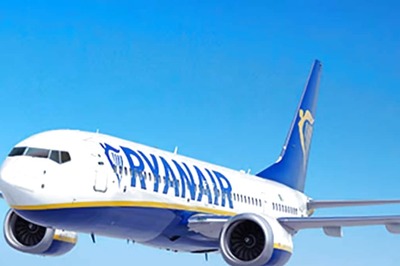
views
One of the significant announcements expected during Japanese Prime Minister Shinzo Abe’s upcoming visit to India is said to be around the Asia-Africa Growth Corridor, an ambitious project of connectivity and growth engines between Asia and Africa in which both Japan and India will be important stakeholders.
The Japanese Prime Minister is expected to commit up to USD 200 million on the AAGC. Already analysts are comparing the growth corridor to China’s ambitious One Belt One Road.
To be sure, the numbers are not exactly comparable. While Abe is expected to lighten Japan’s purse strings by 200 million, the OBOR as a project envisages 5 trillion dollar worth of projects.
The formal announcement of the Asia Africa Growth Corridor was made by Prime Minister Modi back in May in Gandhinagar at a meeting of the African Development Bank. It would be in that same city that both Modi and Abe will signal their intent to etch their cooperation in Africa.
India and Japan began a conversation on Africa in 2010, a continent where both countries have had huge stakes in recent years.
India has for long been an investor in Africa. India-Africa bilateral trade stands at about 60 billion dollars annually. Compare that to China-Africa trade which stands at a staggering 190 billion USD. China is Africa’s largest trading partner, and by a mile.
Agriculture, health, technology, and disaster management are the main areas of identified in the vision document of the AAGC.
The AAGC is an attempt to create a “free and open Indo-Pacific region”. The stated objective is to rediscover ancient sea-routes and creating new sea corridors that will link the African continent with India and countries in South & South-East Asia.
The OBOR also hopes to precisely do this by reviving the ancient Silk Route. At some point these cleavages between both projects are expected to become fault lines.
The significant difference between OBOR and AAGC is on consultation of all stake holders involved. One of the reasons cited by India when it pulled out of the BRI forum in Beijing in May was the fact that it was not consulted by China for OBOR.
India is keen not to repeat that same mistake. Which is why India is stressing on strong local ownership by many African countries of projects under the corridor.



















Comments
0 comment